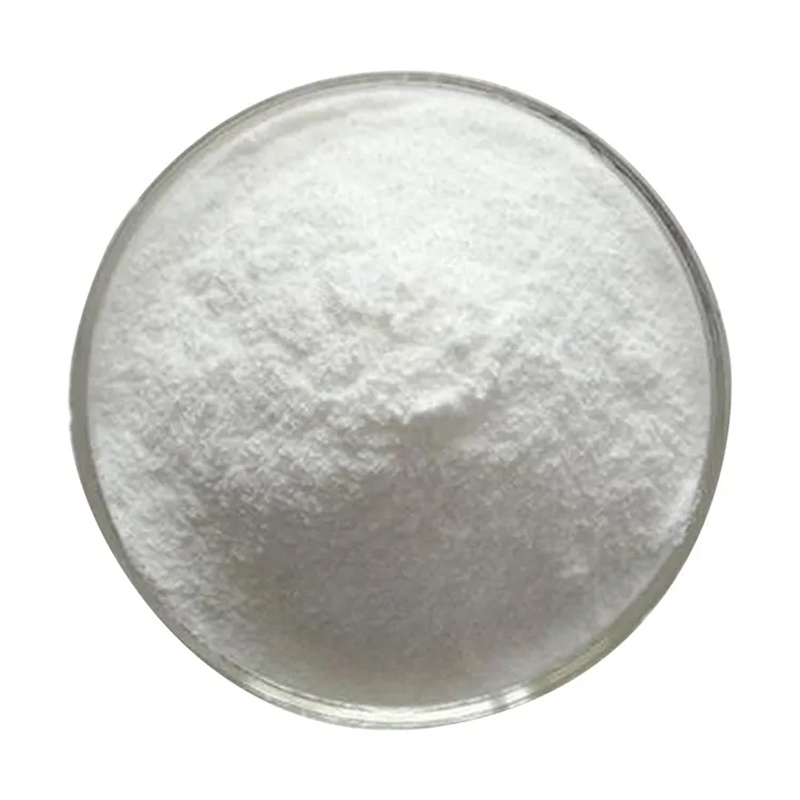Vitamin B1 HCL Food Or Feed Additives
| Basic Information | |
| Product name | Thiamine drochloride |
| Other name | Vitamin B1 |
| Grade | Food grade/Feed grade |
| Appearance | White or almost white, crystalline powder or colourless crystals. |
| Assay | 99% |
| Shelf life | 2 years |
| Packing | 25kg/drum or 25kg/carton |
| Characteristic | Stable. Combustible. Incompatible with strong oxidizing agents, strong reducing agents. |
| Condition | Cool dry place |
Product description
Thiamine Hydrochloride is the drochloride salt form of thiamine (vitamin B1), a vitamin essential for aerobic metabolism, cell growth, transmission of nerve impulses and acetylcholine synthesis.
Function
Vitamin B1 helps prevent various health problems including heart damage. Thiamine drochloride is used to prevent and treat thiamine deficiency states, which may occur as a result of inadequate nutrition or intestinal malabsorption. It is also used for the treatment of Wernicke-Korsakoff syndrome, beriberi and thiamine deficiency related to chronic alcoholism. Thiamine drochloride is used as a food additive to add brot/meaty flavor to gravies or soups. It is used also as a food supplement and flavoring ingredient with a bitter taste.
Application
Thiamine is the water-soluble vitamin b1, required for normal digestion and functioning of nerve tissues and in the prevention of beriberi. It also acts as a coenzyme in the metabolism of carbodrates. During processing, the higher and longer the heating period, the greater the loss. The loss is reduced in the presence of acid. Thiamine drochloride and thiamine mononitrate are two available forms. The mononitrate form is less groscopic and more stable than the drochloride form, making it suitable for use in beverage powders. It is used in enriched flour and is found as thiamine mononitrite in frozen egg substitute and crackers.
Thiamine is a essential nutrient required for carbodrate metabolism; also involved in nerve function. Biosynthesized by microorganisms and plants. Dietary sources include whole grains, meat products , vegetables, milk, legumes and fruit. Also present in rice husks and yeast. Converted in vivo to Thiamine diphosphate, a coenzyme in the decarboxylation of α-keto acids. Chronic deficiency may lead t o neurological impairment, bariberi, Wernicke-Korsakoff syndrome.
A cofactor required for oxidation of carbodrates and for the synthesis of ribose.
Thiamine is also involved in the biosynthesis of the neurotransmitters acetylcholine and gamma-aminobutyric acid and in nerve propagation.
Professional technical engineer dedicated to guide you
According to your actual needs, choose the most reasonable overall design and planning procedures
